A liquid filling machine is an essential piece of equipment in numerous industries, designed to accurately and efficiently dispense liquids into various containers. These machines are crucial for packaging products ranging from beverages, pharmaceuticals, and cosmetics to chemicals and food items. The core function of a liquid filling machine is to automate the often-labor-intensive and error-prone process of manual filling, ensuring consistency, hygiene, and high production speeds.
How Liquid Filling Machines Work
The operational principles of liquid fillers can vary significantly depending on the type of machine and the characteristics of the liquid being handled. However, most machines share common components, including a product supply system, a dispensing mechanism, and a container handling system.
-
Product Supply System: This typically involves a tank or reservoir holding the liquid, connected to the filling nozzles. Pumps may be used to deliver the liquid to the nozzles, especially for viscous products.
-
Dispensing Mechanism: This is the heart of the machine, responsible for accurately measuring and releasing the correct volume or weight of liquid. Common dispensing technologies include:
-
Volumetric Filling: Measures a specific volume of liquid. This can be achieved through piston fillers (drawing a set volume into a cylinder and expelling it), flow meter fillers (measuring the volume passing through a sensor), or time-pressure fillers (dispensing for a set duration under controlled pressure).
-
Gravimetric Filling: Fills containers to a specific weight, often used for high-value liquids where precise weight control is critical. This typically involves load cells under the containers.
-
Level Filling: Fills containers to a consistent visual level, common for clear bottles where aesthetics are important. This method often uses vacuum or overflow principles.
-
Container Handling System: This typically consists of a conveyor belt that transports empty containers to the filling station and then moves filled containers to subsequent stages like capping or labeling. Indexing systems ensure that containers are precisely positioned under the filling nozzles.
Types of Liquid Filling Machines
The diversity of liquid products and container types has led to the development of various liquid packaging machines, each suited for specific applications:
-
Automatic Liquid Filling Machines: These machines are fully automated, handling container feeding, filling, and discharge without manual intervention. They are ideal for high-volume production lines.
-
Semi-Automatic Liquid Filling Machines: Requiring an operator to place and remove containers, these machines offer a balance of automation and manual control, suitable for smaller production runs or specialized products.
-
Monoblock Fillers: These integrated machines combine filling, capping, and sometimes even labeling functions into a single compact unit, optimizing footprint and efficiency.
-
Rotary Fillers: Designed for very high-speed production, these machines have a rotating carousel that moves containers through various stations (filling, capping, etc.) in a continuous flow.
-
Inline Fillers: Containers move in a straight line through the filling stations, often with multiple nozzles filling simultaneously. These are versatile and can be adapted for a wide range of products.
Factors to Consider When Choosing a Liquid Filling Machine
Selecting the right filling packaging machine requires careful consideration of several factors:
-
Product Viscosity: The thickness of the liquid (water-thin, viscous, or semi-viscous) dictates the appropriate filling technology.
-
Container Type and Size: The material, shape, and volume of the containers (bottles, jars, pouches, tubes) influence the machine's design and changeover capabilities.
-
Production Speed Requirements: The desired output rate (bottles per minute/hour) determines whether an automatic, semi-automatic, or high-speed rotary system is needed.
-
Accuracy and Precision: The required tolerance for fill volume or weight is crucial, especially for expensive or regulated products.
-
Hygiene and Sterilization: For industries like pharmaceuticals and food, features like CIP (Clean-in-Place) and SIP (Sterilize-in-Place) capabilities are paramount.
-
Budget and Space: The initial investment, operational costs, and available floor space are practical considerations.
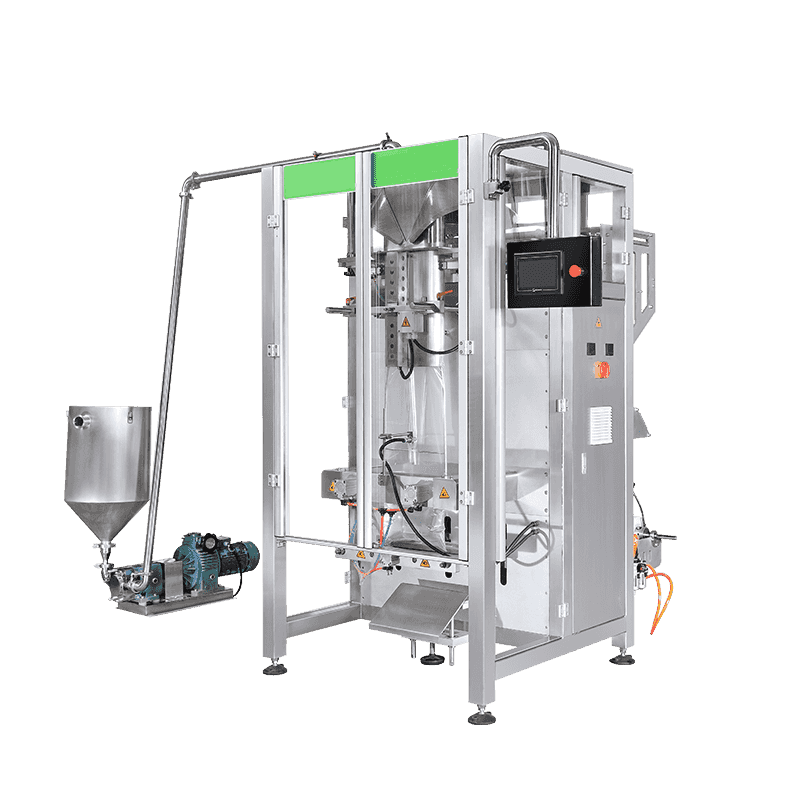
The Benefits of Investing in a Liquid Filling Machine
The implementation of liquid bottling equipment offers numerous advantages for manufacturers:
-
Increased Efficiency and Productivity: Automation significantly boosts output and reduces labor costs.
-
Enhanced Accuracy and Consistency: Machines ensure precise fills, minimizing product giveaway and ensuring uniform product quality.
-
Improved Hygiene and Safety: Automated systems reduce human contact with products, minimizing contamination risks, especially in sensitive industries.
-
Cost Savings: Reduced product waste, lower labor costs, and increased throughput contribute to significant long-term savings.
-
Scalability: Machines can be upgraded or integrated into larger production lines as demand grows.
-
Compliance: Meeting stringent industry regulations for fill accuracy and product integrity becomes easier with reliable liquid bottle fillers.
In conclusion, a liquid filling machine, also often referred to as a liquid packaging machine or liquid bottling equipment, is a cornerstone of modern manufacturing. Its ability to deliver precision, speed, and hygiene makes it an indispensable asset for any business involved in liquid product packaging, ensuring that goods reach consumers efficiently and reliably.


 English
English Español
Español عربى
عربى
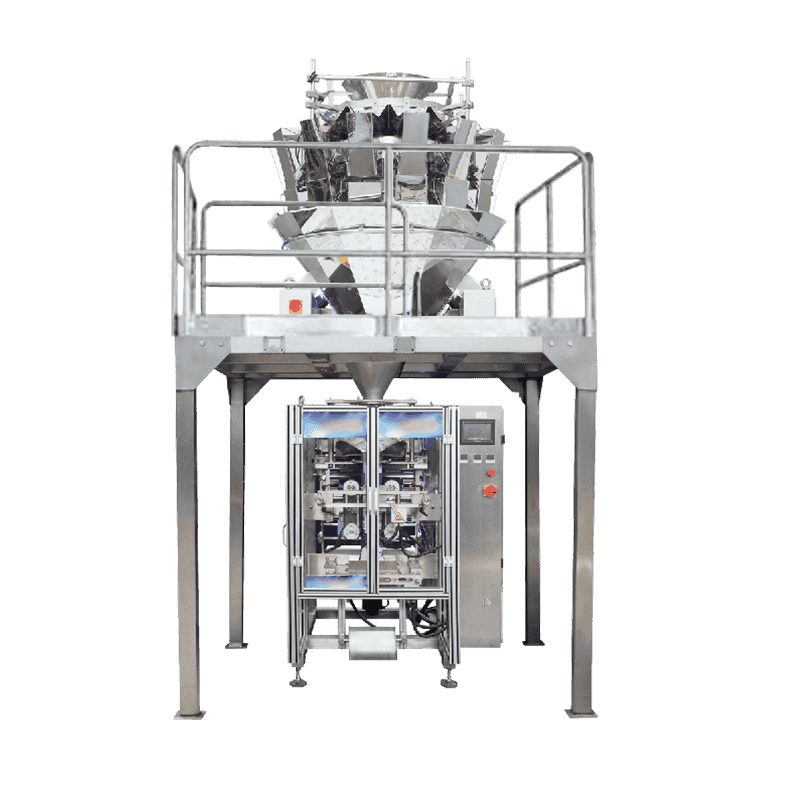
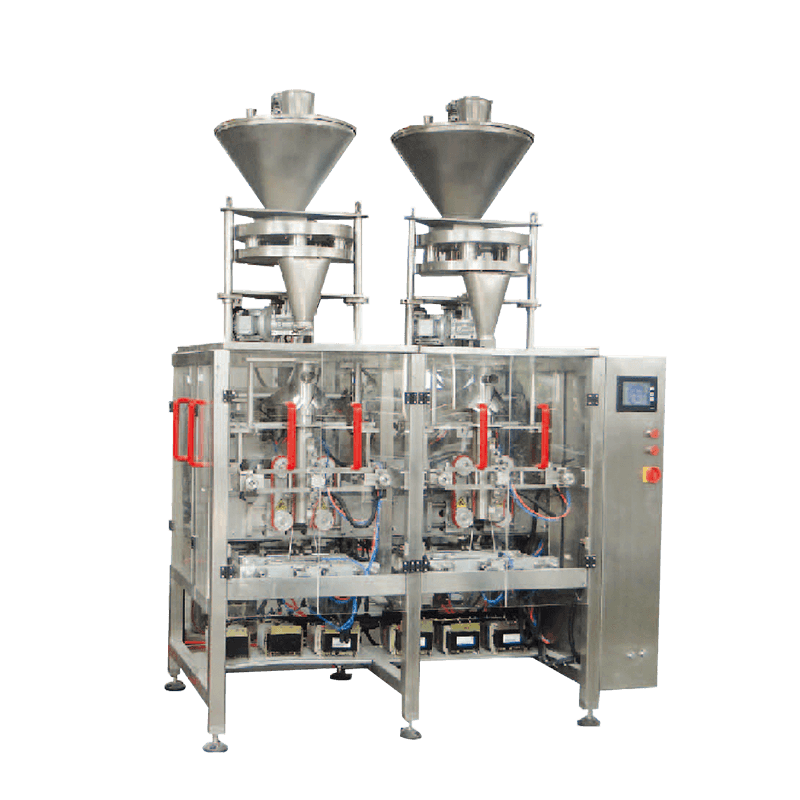
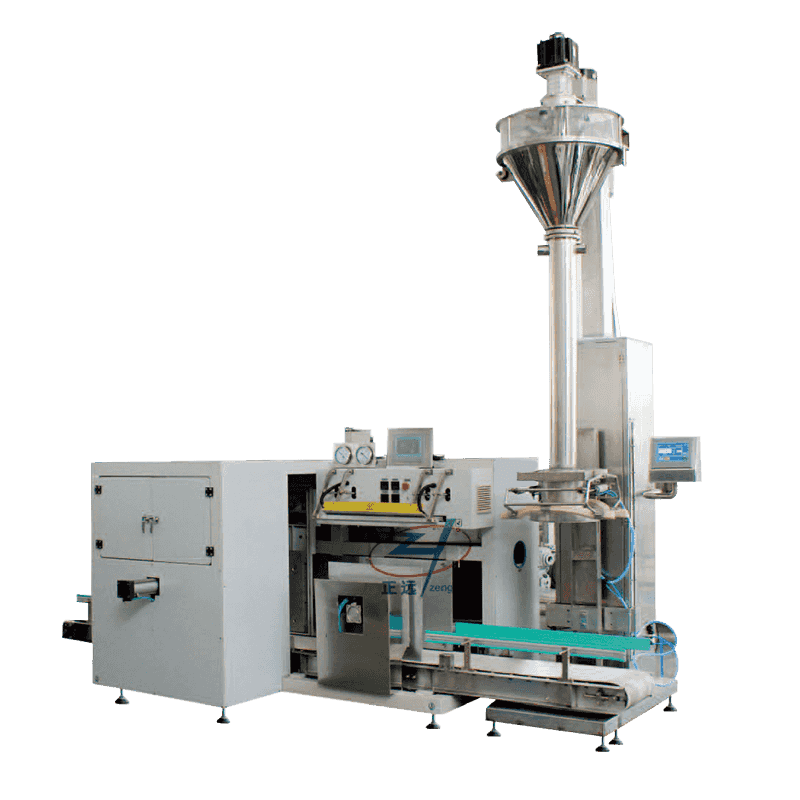

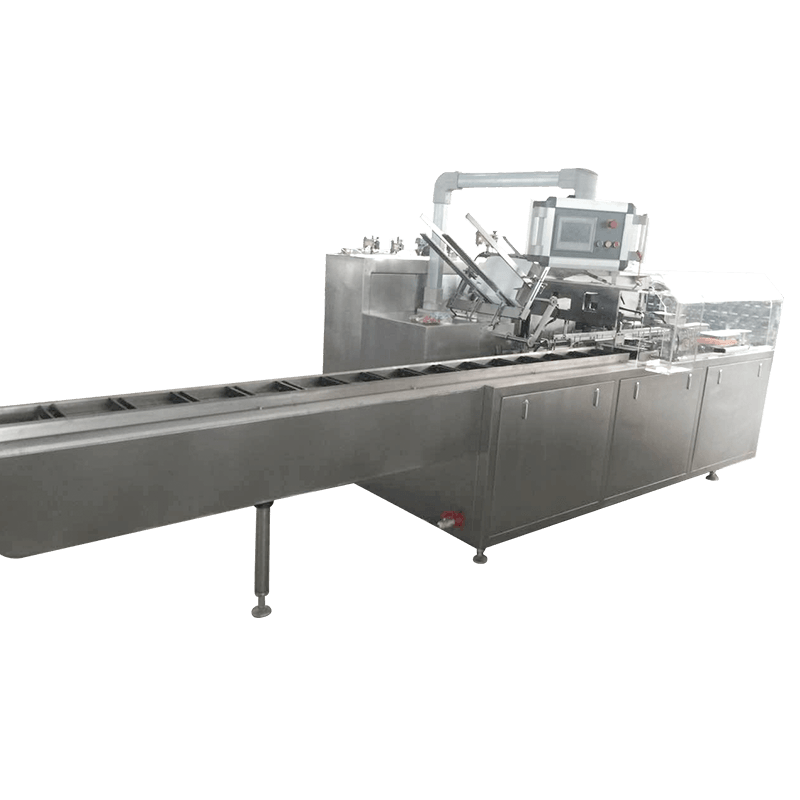
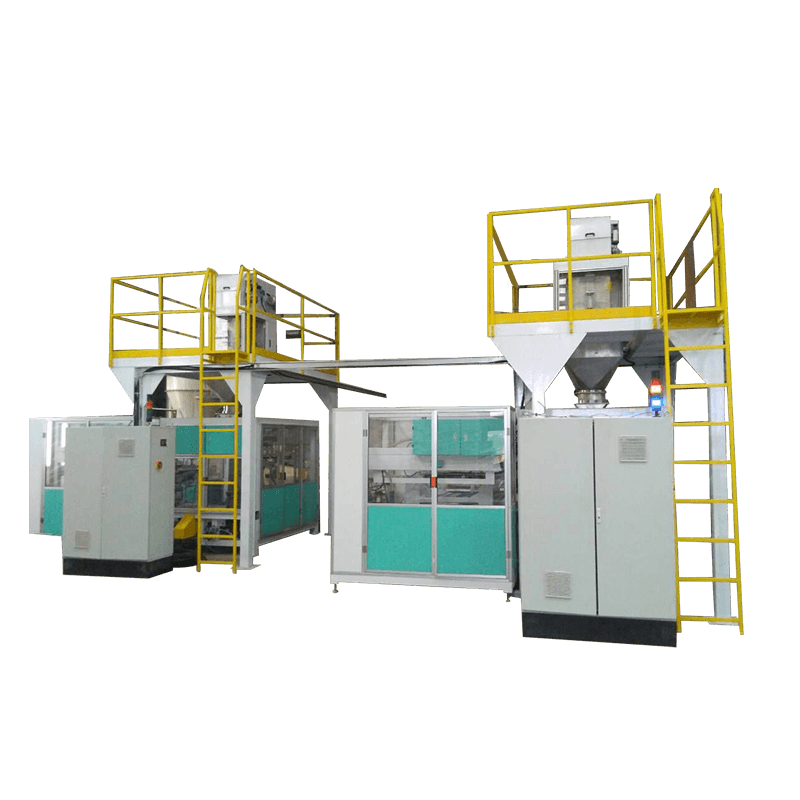
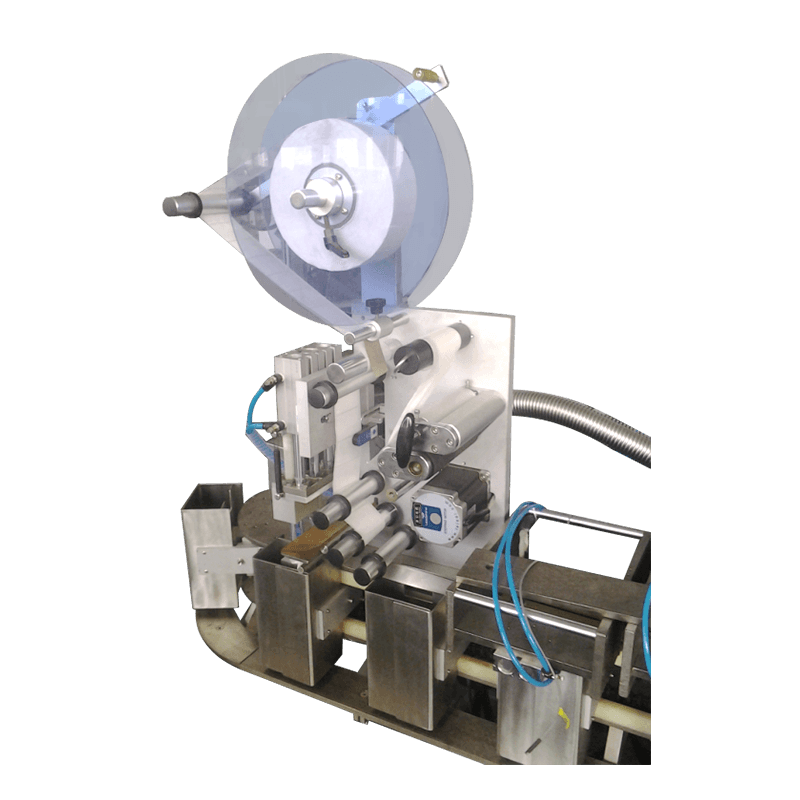
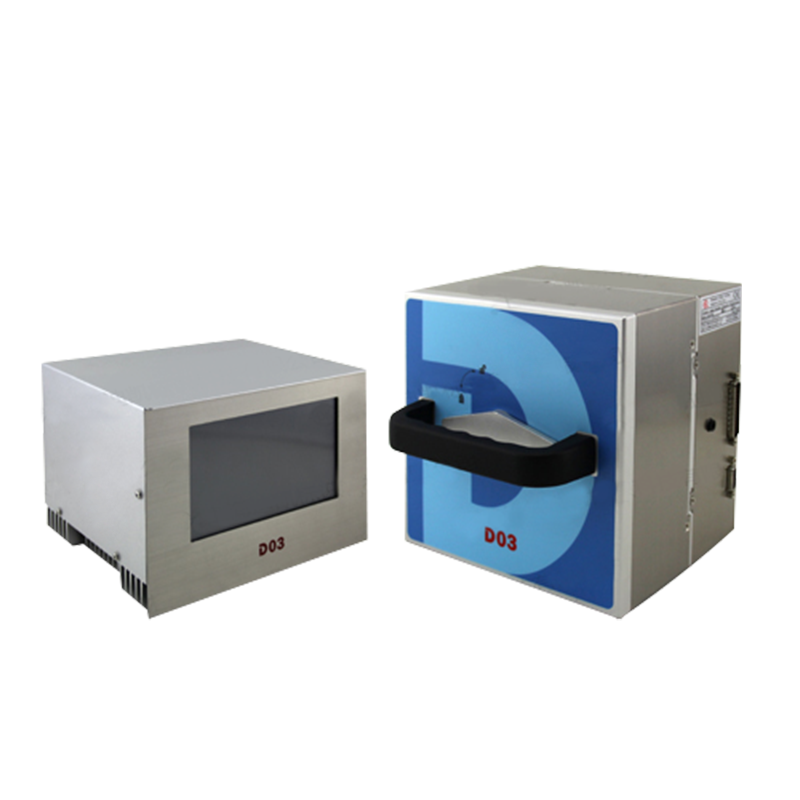
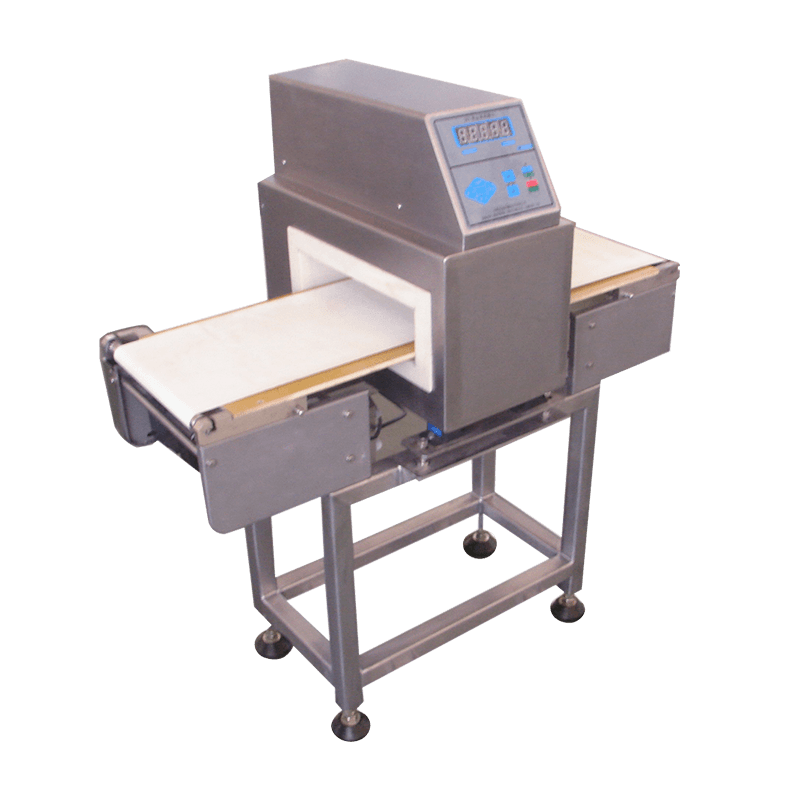

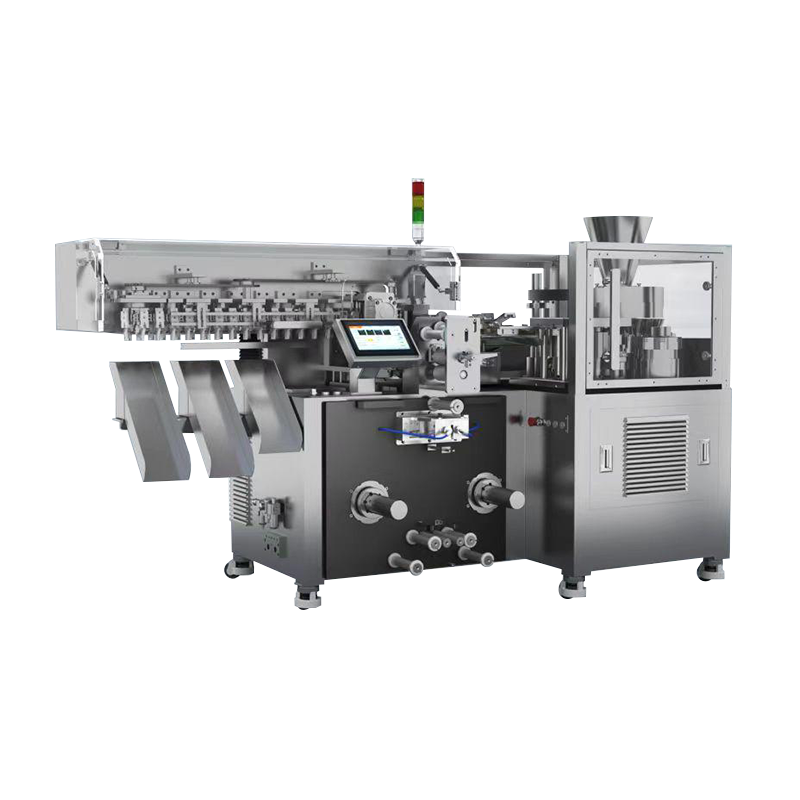
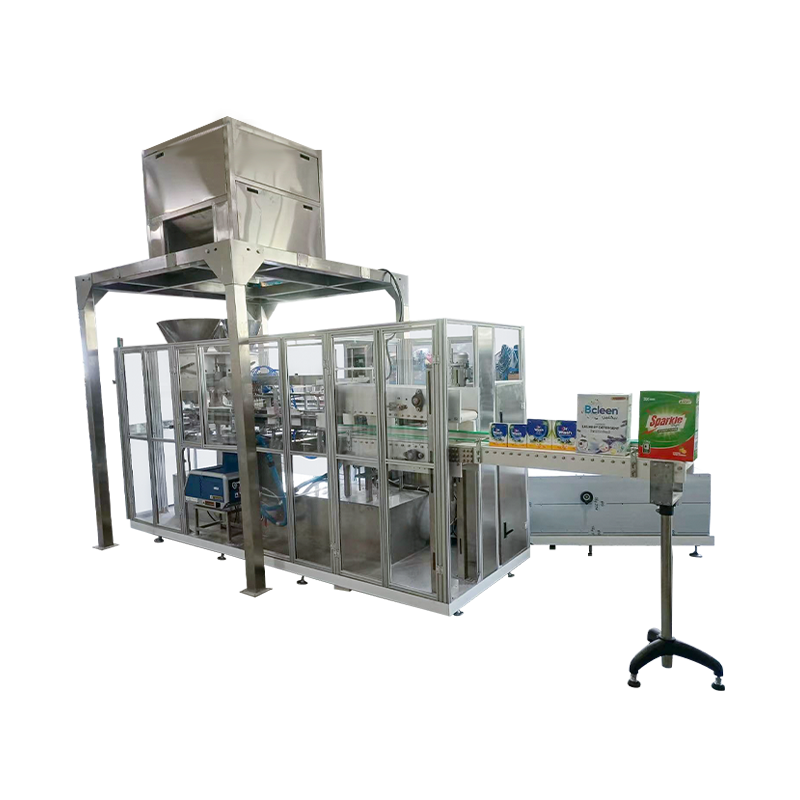

Contact Us